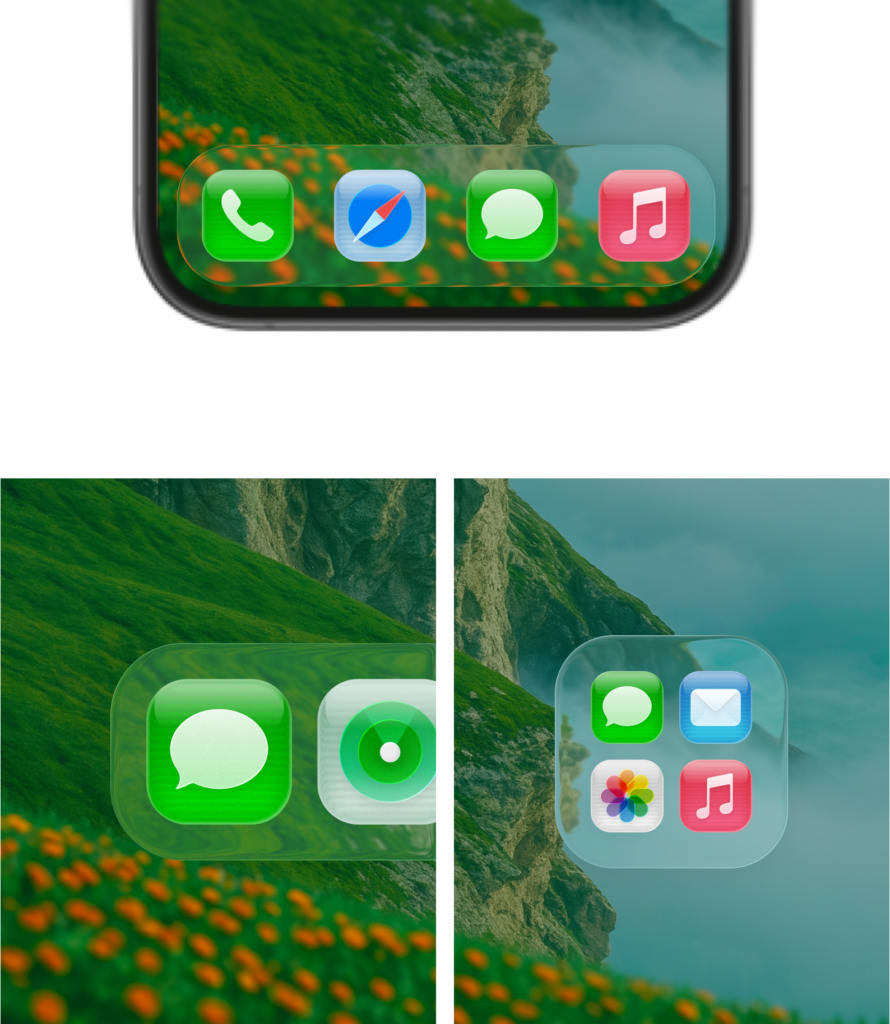Brought to you by SparkLoop* – the #1 email recommendation tool. And it’s free!
For years, marketers have sworn by one gospel: “Email marketing is king.”
It’s been said in every webinar, ebook, and agency pitch deck since 2010.
But it’s 2026. We’ve survived pandemic newsletters, AI spam floods, and Apple Mail’s privacy crusade. Half the internet is now “building a newsletter.” The other half is unsubscribing from one.
So… is email still the crown jewel?
Or just the oldest guy at the party still bragging about open rates?
Let’s find out.
The rise, fall, and weird rebirth of email
Email marketing started as chaos — a digital fax machine for discounts.
Then came Mailchimp, Constant Contact, ConvertKit — suddenly everyone could send “beautiful campaigns.”
But beauty didn’t equal trust. People got smarter, filters got meaner, and “unsubscribe” became a lifestyle.
Then Substack entered. Beehiiv followed. Email went from marketing to media. Newsletters were no longer sales funnels — they were mini-publications. Writers, journalists, and YouTubers launched “personal inbox empires.”
Now, in 2026, email is everywhere again.
But not how you remember it.
The inbox isn’t the battlefield anymore
The inbox itself changed.
AI filters from Apple, Gmail, and Outlook now decide which emails you “actually want to see.”
Even worse (or better, depending on who you are): those filters are smart.
They don’t care how clever your subject line is. They care whether people actually open, read, and reply to your emails.
So if your “10% OFF!” blasts never get engagement, your future emails quietly disappear into the spam dungeon.
This means:
- Open rates are vanity. They’re filtered, delayed, and often fake.
- Deliverability is behavioral. If your audience loves you, you land in their inbox. If not, you vanish.
- Personalization now matters more than copywriting.
Your email system in 2026 isn’t a megaphone. It’s an AI-powered matchmaking service between your content and the people who might care.
Tired of the iOS Liquid Glass Icons?
Here’s a fresh take! Try these glass icons* that bring back Mac Aqua vibes.

Email is not dead. It’s just renamed.
In 2026, the smartest creators don’t even call it email marketing.
They call it owned communication.
Here’s why:
People don’t sign up for “marketing.” They sign up for connection.
That means:
- Weekly letters (Substack, Beehiiv, Ghost)
- Smart automated updates (ConvertKit AI, MailerLite 2.0)
- Hybrid posts (social + email cross-publishing)
The email is no longer the goal — it’s the carrier.
The real product is the relationship.
Substack and Beehiiv: the email empires of now
In 2026, Substack and Beehiiv dominate creator email.
But they’re not the same animal.
Substack = social + newsletter + discovery.
It’s where audiences discover you organically through recommendations, Notes, and a built-in social layer.
Beehiiv = growth machine.
It’s the power user’s platform with analytics, boosts, automations, and sponsor tools.
Both are less about “sending emails” and more about “building ecosystems.”
They’ve turned creators into media companies — minus the tech headaches.
If you’re serious about writing, Beehiiv feels like a dashboard.
If you’re serious about connecting, Substack feels like home.
The evolution of content: from campaign to conversation
In 2026, every great email feels like a one-to-one chat.
That’s not by accident — it’s by algorithm.
Platforms now track emotional tone, timing, and response. If readers engage, your messages stay visible. If not, your future content goes to the digital void.
So the smartest marketers treat email as conversation.
They reply, ask questions, segment audiences by behavior, and adapt tone dynamically.
AI tools like ConvertKit AI, Flowrite, and Superhuman Copilot even help draft context-aware replies. It’s like having an intern who actually knows your brand voice.
Email isn’t mass marketing anymore. It’s mass personalization.
Where email still rules
Despite everything, email marketing still has unshakable advantages:
- Ownership. You control your list. No algorithm can “shadowban” your subscribers.
- Conversion. Email still beats social for sales and sign-ups — by a long shot.
- Longevity. An Instagram post disappears in a day. An email stays in someone’s archive forever.
- Focus. No comments, no ads, no noise. Just your words in their attention zone.
For selling products, building communities, or maintaining trust, email is still the quiet winner.
Where it’s losing ground
Let’s be honest. There are cracks in the crown:
- Discovery is broken. You can’t go viral in an inbox.
- Spam filters are brutal. Even good content gets trapped.
- People are overwhelmed. Average inbox: 127 unread messages.
- Social media stole attention. Threads, Notes, and short-form posts are faster dopamine.
That’s why most successful creators don’t rely on email alone.
They combine it with a social discovery engine — X, Threads, LinkedIn, or Substack Notes — and then pull people into the inbox afterward.
Think of it like this: Social media is the handshake. Email is the sit-down conversation.
The AI factor: the new inbox gatekeeper
AI is both the problem and the solution.
Problem: AI filters your emails and sometimes buries them.
Solution: AI helps you write better ones.
Modern platforms now:
- Score your subject lines for tone, curiosity, and spam risk
- Suggest send times based on reader behavior
- Auto-generate follow-ups if someone clicked but didn’t convert
- Write personalized versions for different audience segments
In short: AI doesn’t kill email marketing. It evolves it.
You just have to keep up.
Privacy, trust, and the Apple effect
Remember when Apple decided to block email open tracking? That was the beginning.
Now, in 2026, privacy rules are stricter.
Tracking pixels are gone. User data is anonymized.
This scared marketers at first — but it forced them to be creative.
Instead of measuring vanity metrics, brands now focus on depth: replies, click intent, conversion, community.
In other words: marketing finally became human again.
The new rules of inbox success
If you want your email marketing to survive 2026, play by these new rules:
- Write like a person. No more “Dear valued customer.” Start like you’d text a friend.
- Segment by story, not data. Send different messages to buyers, learners, and superfans.
- Blend platforms. Cross-post snippets on social and link to full issues.
- Stop chasing open rates. Track clicks, replies, and retention instead.
- Respect attention. Shorter, sharper, realer emails win.
The inbox is sacred space now.
Treat it that way.
Prediction: email won’t die — it’ll disappear
into
everything
Here’s the twist: by 2030, we probably won’t even say “email marketing.”
It’ll just be “direct communication.”
Messages will flow through unified inboxes — combining DMs, newsletters, texts, and updates.
You’ll talk to your audience wherever they are, automatically.
Email will be the quiet infrastructure behind it all — like plumbing.
Invisible, reliable, essential.
That’s not death.
That’s maturity.
Final thought
So — is email marketing still king in 2026?
Yes… but it’s a different kind of king.
Less ruling, more serving.
Less shouting, more connecting.
Less campaigns, more conversations.
Email marketing isn’t dying.
It just grew up.
Brought to you by SparkLoop* – the #1 email recommendation tool. And it’s free!
